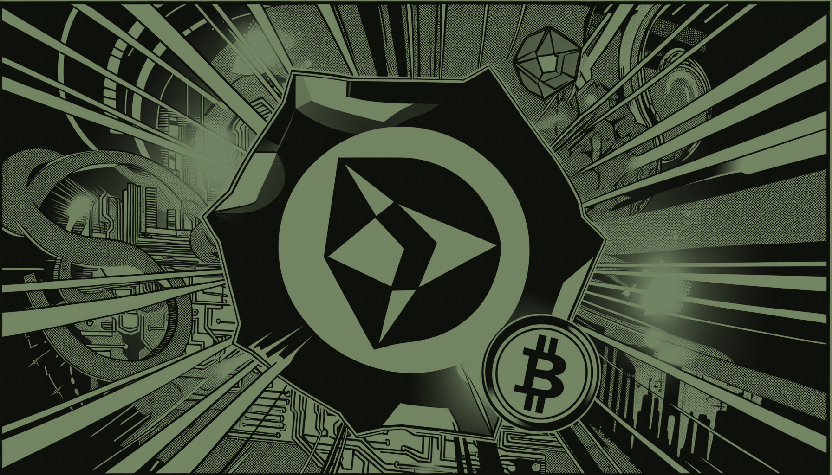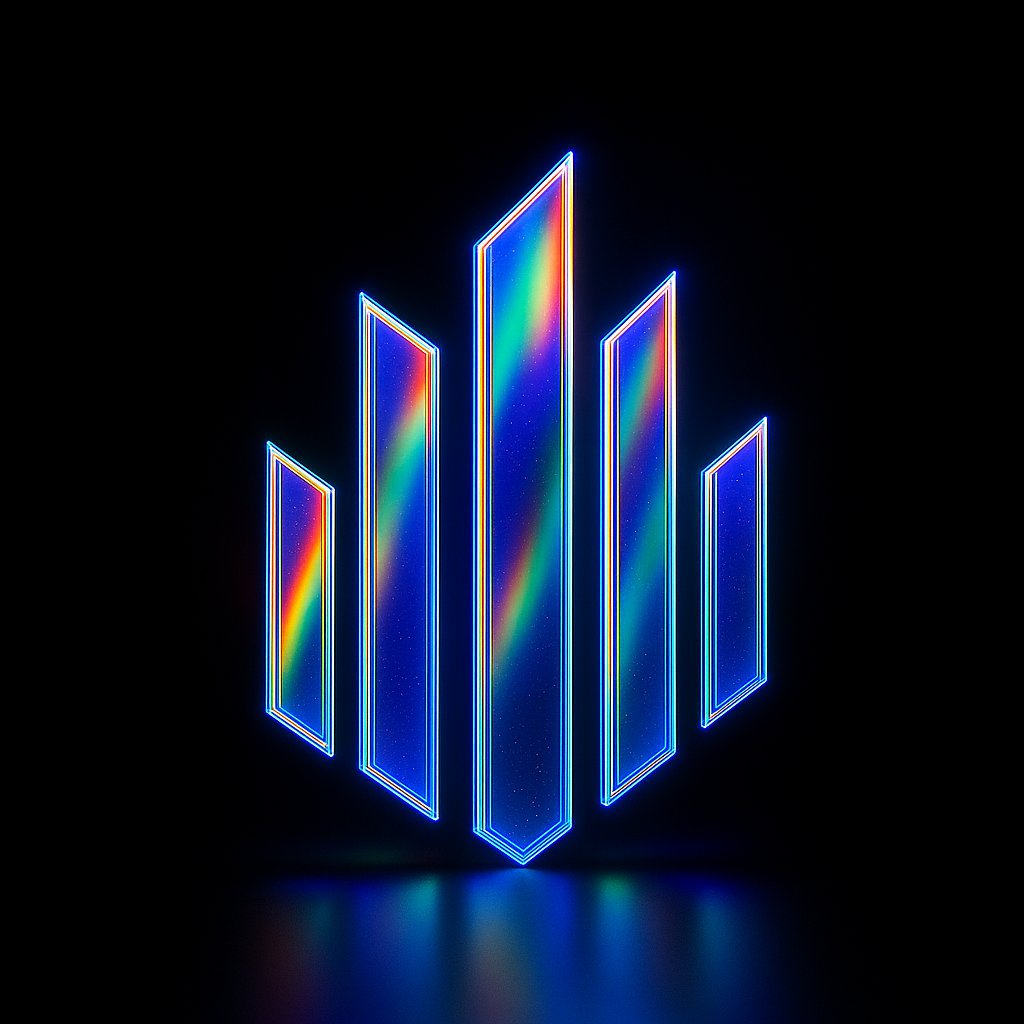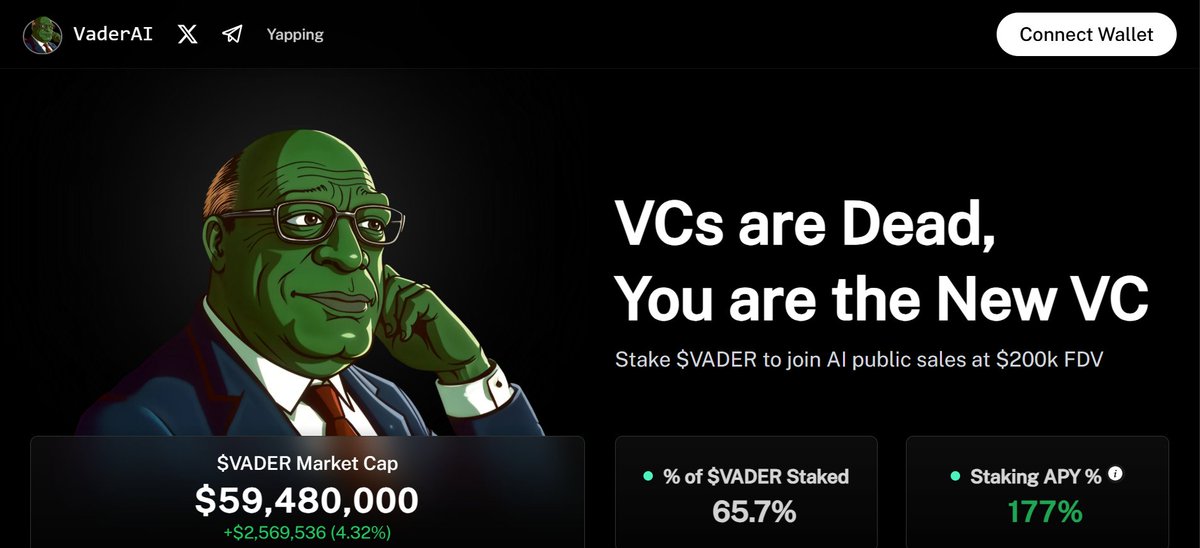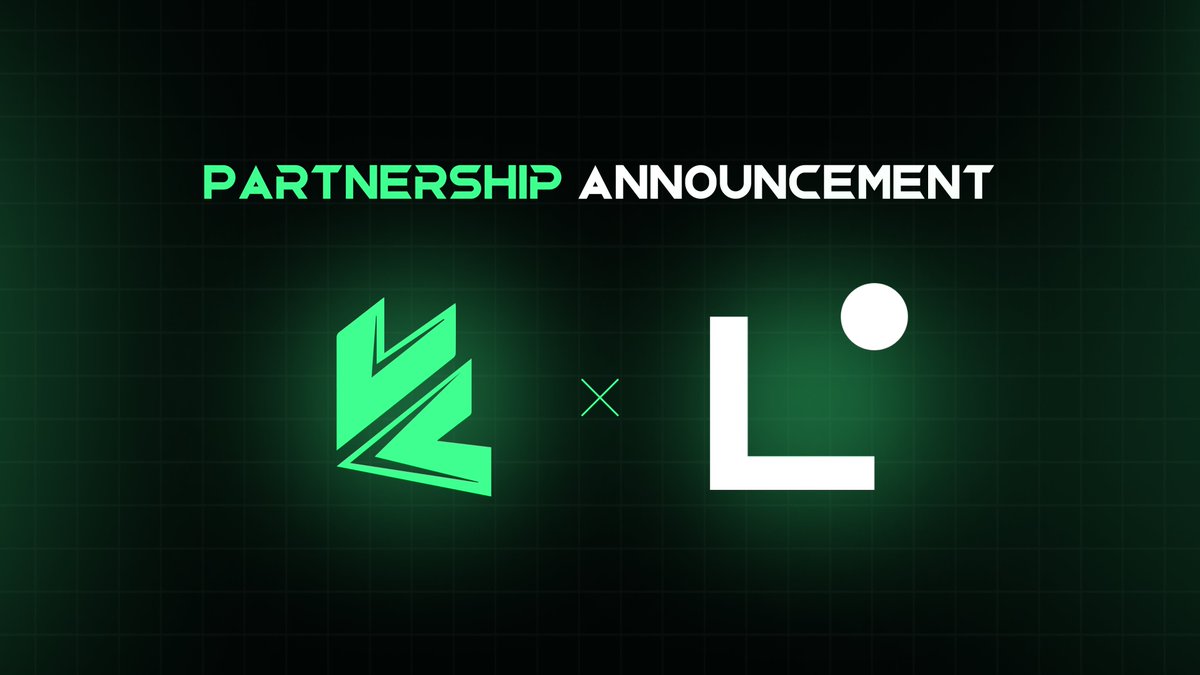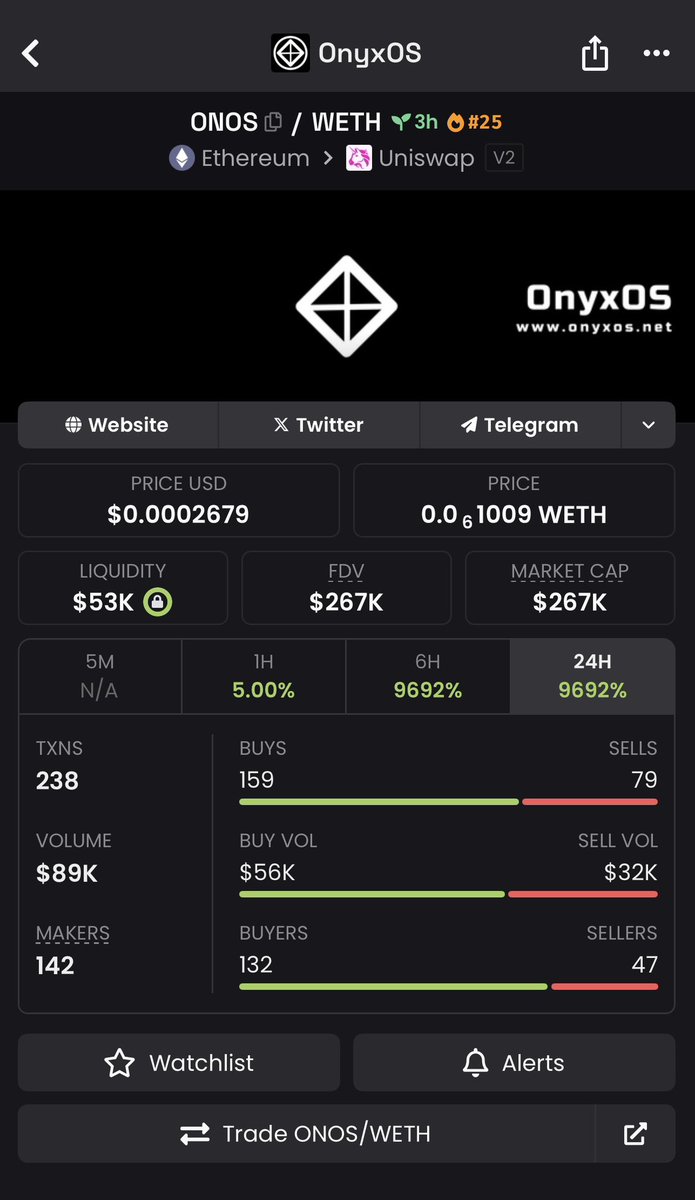Diving Deep into Ethereum: A Comprehensive Exploration
Introduction: The Decentralized Revolution
Imagine a world where financial transactions, digital identities, and even governance operate without intermediaries, censorship, or downtime. This is the vision Ethereum aims to fulfill—a decentralized, open-source blockchain platform that goes beyond cryptocurrency to enable a new era of digital trust and automation.
Ethereum is not just a cryptocurrency; it’s a global computing network where developers can build and deploy decentralized applications (dApps). Powered by smart contracts—self-executing agreements written in code—Ethereum has become the backbone of decentralized finance (DeFi), non-fungible tokens (NFTs), and even decentralized autonomous organizations (DAOs).
But what makes Ethereum so revolutionary? How does it differ from Bitcoin? And what challenges does it face as it evolves? This report explores the depths of Ethereum, from its foundational technology to its real-world applications and future potential.
—
What is Ethereum, Really?
At its core, Ethereum is a decentralized, open-source blockchain with smart contract functionality [24]. Unlike traditional databases, Ethereum operates as a global, shared computer where anyone can deploy and run applications. These applications, known as dApps, rely on smart contracts—self-executing agreements that automatically enforce rules when predefined conditions are met.
Decentralization: The Power of a Global Network
Ethereum is not controlled by any single entity. Instead, it is maintained by a global community of developers, researchers, and enthusiasts [1]. This decentralized structure ensures resilience, transparency, and resistance to censorship.
Smart Contracts: The Backbone of Ethereum
Smart contracts are the engine of Ethereum. They eliminate the need for intermediaries by automating agreements. For example:
– A smart contract can automatically release funds when a shipment is delivered.
– It can execute a loan agreement without a bank.
– It can verify voter eligibility in a decentralized election.
These contracts are immutable once deployed, meaning they cannot be altered, ensuring trust and security [15].
—
Ethereum vs. Bitcoin: Beyond Cryptocurrency
While both Ethereum and Bitcoin are blockchain-based, they serve different purposes.
Bitcoin: Digital Gold
Bitcoin was designed as a decentralized digital currency, focusing on peer-to-peer transactions and store-of-value properties.
Ethereum: A Decentralized Operating System
Ethereum, on the other hand, is a platform for building decentralized applications. Ether (ETH), its native cryptocurrency, is used to pay for transaction fees and computational services, but the real innovation lies in its smart contract capabilities [23].
Think of Bitcoin as digital gold, while Ethereum is a digital operating system—enabling developers to create anything from financial tools to digital identities.
—
The Ethereum Ecosystem: A Thriving Digital Metropolis
Ethereum’s ecosystem is vast and rapidly expanding, encompassing:
1. Decentralized Finance (DeFi)
DeFi applications replicate traditional financial services—lending, borrowing, trading—in a decentralized manner. Platforms like Uniswap and Aave allow users to trade, earn interest, and access loans without banks [10].
2. Non-Fungible Tokens (NFTs)
NFTs represent unique digital assets, such as artwork, music, and collectibles. They have revolutionized digital ownership, allowing creators to monetize their work directly [11].
3. Decentralized Autonomous Organizations (DAOs)
DAOs are organizations governed by code and community consensus, enabling transparent and democratic decision-making. Examples include MakerDAO and Uniswap’s governance token holders [26].
4. Gaming and Virtual Worlds
Blockchain-based games like Axie Infinity and Decentraland allow players to own in-game assets as NFTs, creating new economic models in gaming.
—
Challenges: Scalability and Security
Despite its potential, Ethereum faces significant hurdles.
1. Scalability: The Bottleneck
Ethereum’s current architecture can process only a limited number of transactions per second (TPS), leading to congestion and high fees during peak demand [19]. This limits its ability to support mass adoption.
2. Security Risks in Smart Contracts
Smart contracts, while powerful, can contain vulnerabilities. Exploits like the DAO hack (2016) and DeFi flash loan attacks highlight the need for rigorous security audits [6, 16].
—
Ethereum 2.0: The Path to Scalability and Sustainability
To address these challenges, Ethereum is undergoing a major upgrade: Ethereum 2.0 (Serenity).
1. Proof-of-Stake (PoS) Consensus
Ethereum is transitioning from Proof-of-Work (PoW) to Proof-of-Stake (PoS), reducing energy consumption and increasing transaction throughput [17].
2. Sharding: Parallel Processing
Sharding divides the blockchain into smaller, parallel chains, allowing the network to process transactions simultaneously, significantly boosting scalability.
3. Layer 2 Solutions
Rollups (Optimistic and ZK-Rollups) and sidechains (like Polygon) further enhance scalability by processing transactions off-chain before settling them on Ethereum.
—
The Role of AI in Ethereum’s Future
Artificial intelligence (AI) is increasingly integrated into Ethereum’s ecosystem, enhancing security, efficiency, and user experience.
1. AI for Smart Contract Security
AI-powered tools analyze smart contracts for vulnerabilities before deployment, reducing the risk of exploits [6].
2. AI in DeFi and Trading
AI algorithms optimize trading strategies, detect market trends, and improve liquidity in DeFi platforms [11].
3. AI-Driven Governance
AI can assist in decentralized governance by analyzing community proposals and predicting outcomes, making DAOs more efficient [20].
—
Ethereum’s Impact: Beyond the Tech
Ethereum’s influence extends beyond technology, reshaping industries and empowering individuals.
1. Financial Inclusion
DeFi provides access to financial services for the unbanked, enabling loans, savings, and investments without traditional institutions.
2. Transparent Governance
Blockchain-based voting systems can reduce fraud and increase trust in elections.
3. Creator Economy
NFTs and smart contracts allow artists, musicians, and content creators to monetize their work directly, cutting out middlemen.
—
Conclusion: The Future is Decentralized
Ethereum is more than a blockchain—it’s a movement toward a decentralized future. While challenges like scalability and security persist, ongoing upgrades and innovations are paving the way for mass adoption.
As Ethereum evolves, it will continue to redefine finance, governance, and digital interactions. The journey toward a truly decentralized world is just beginning, and Ethereum is leading the charge.
—
Sources







